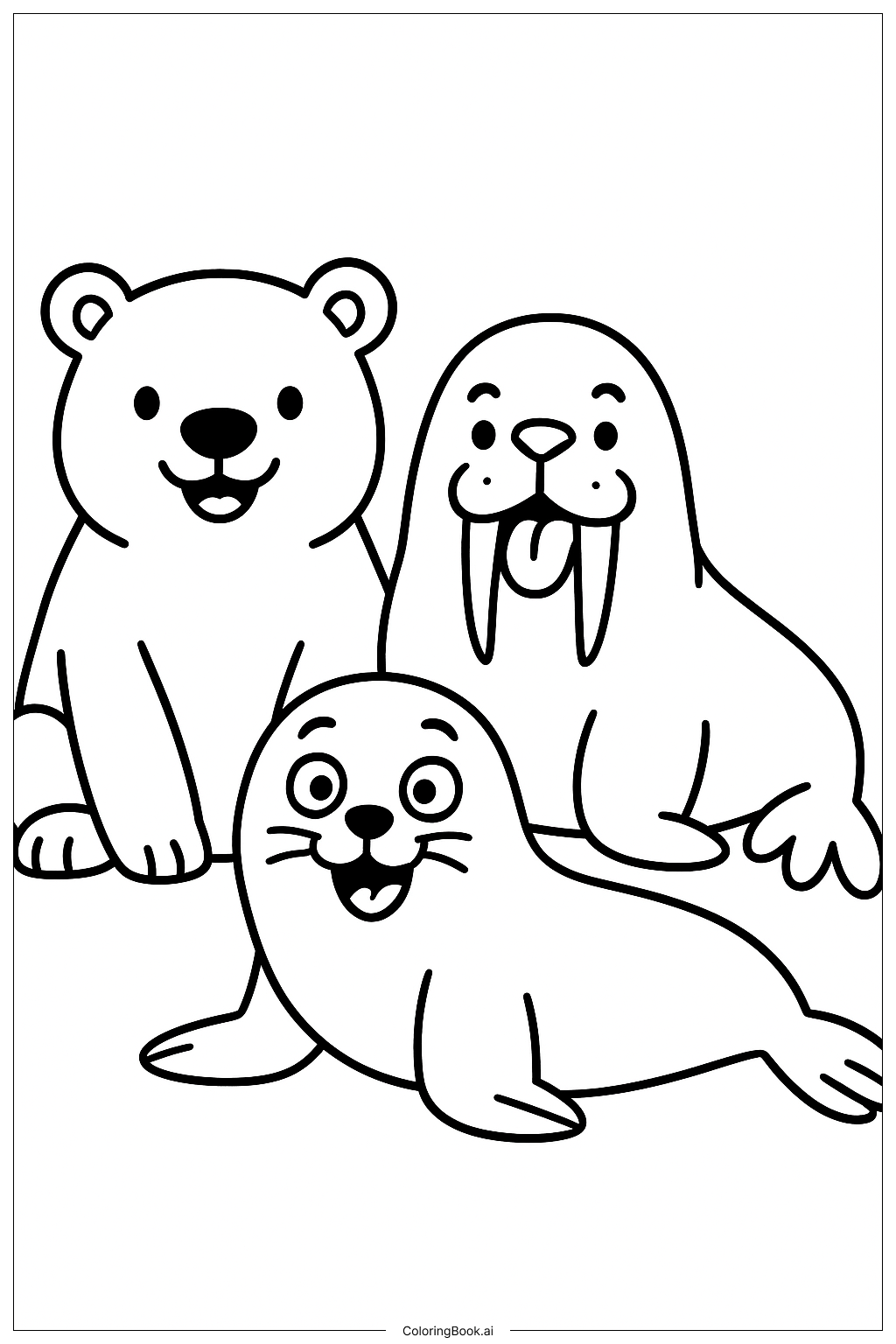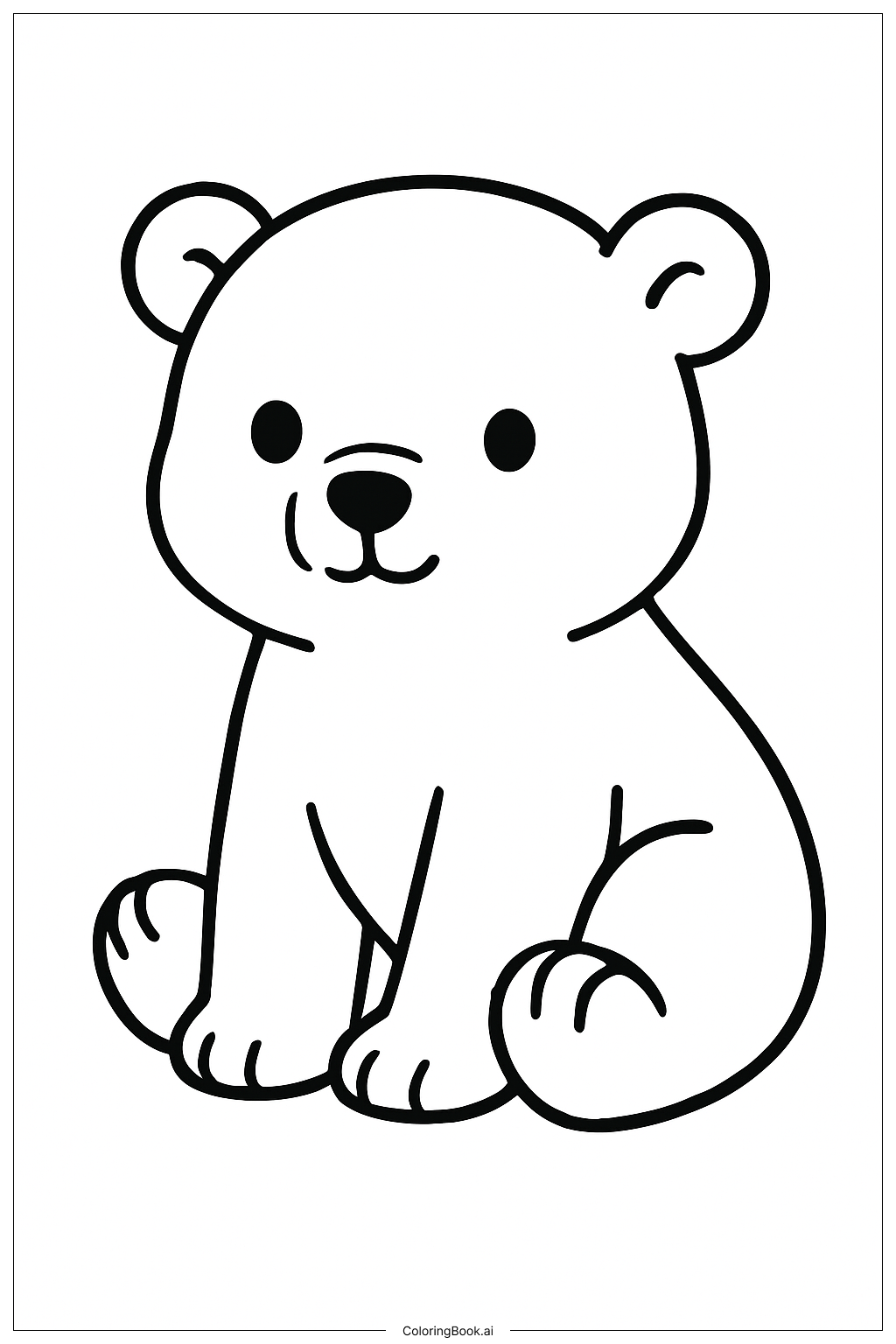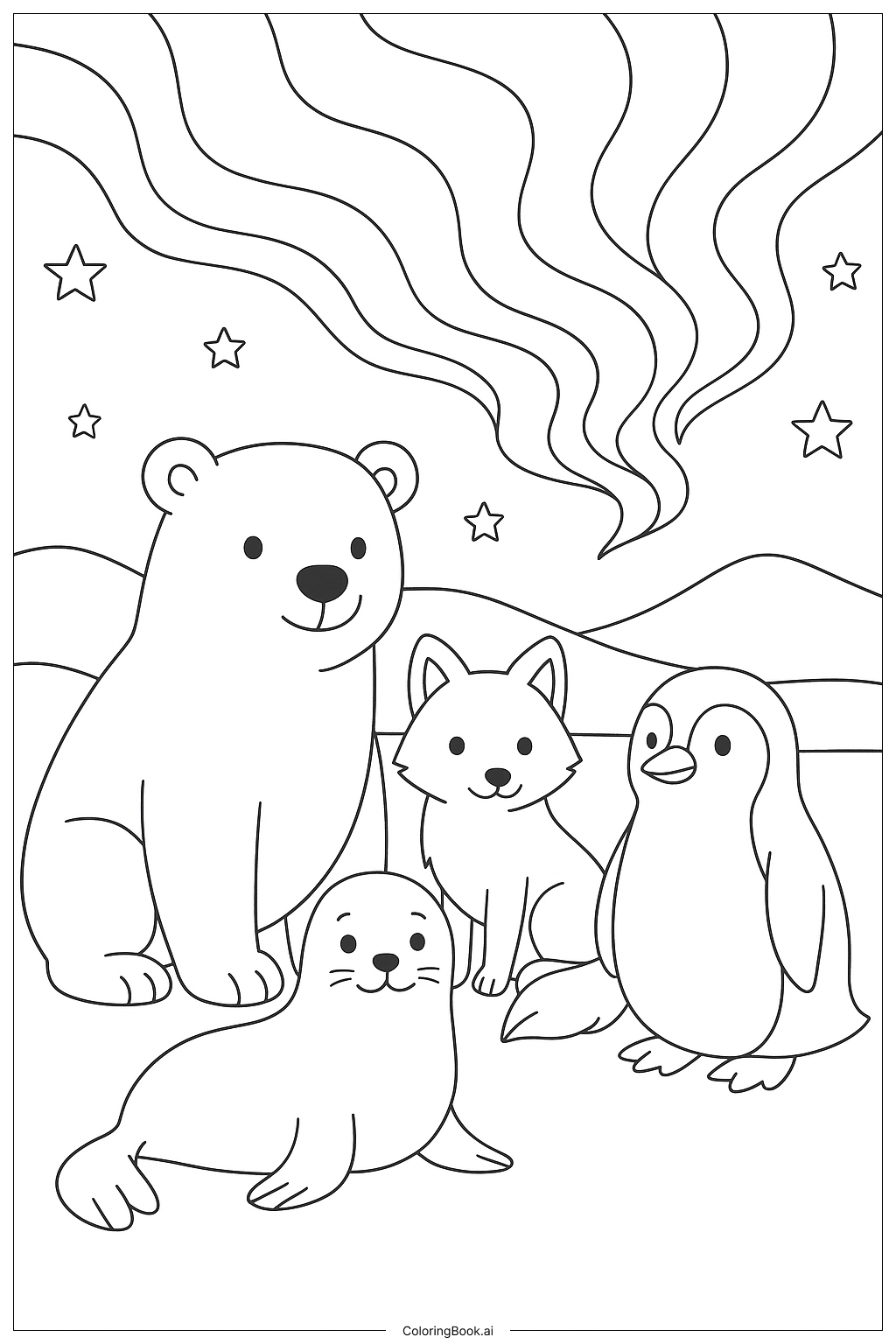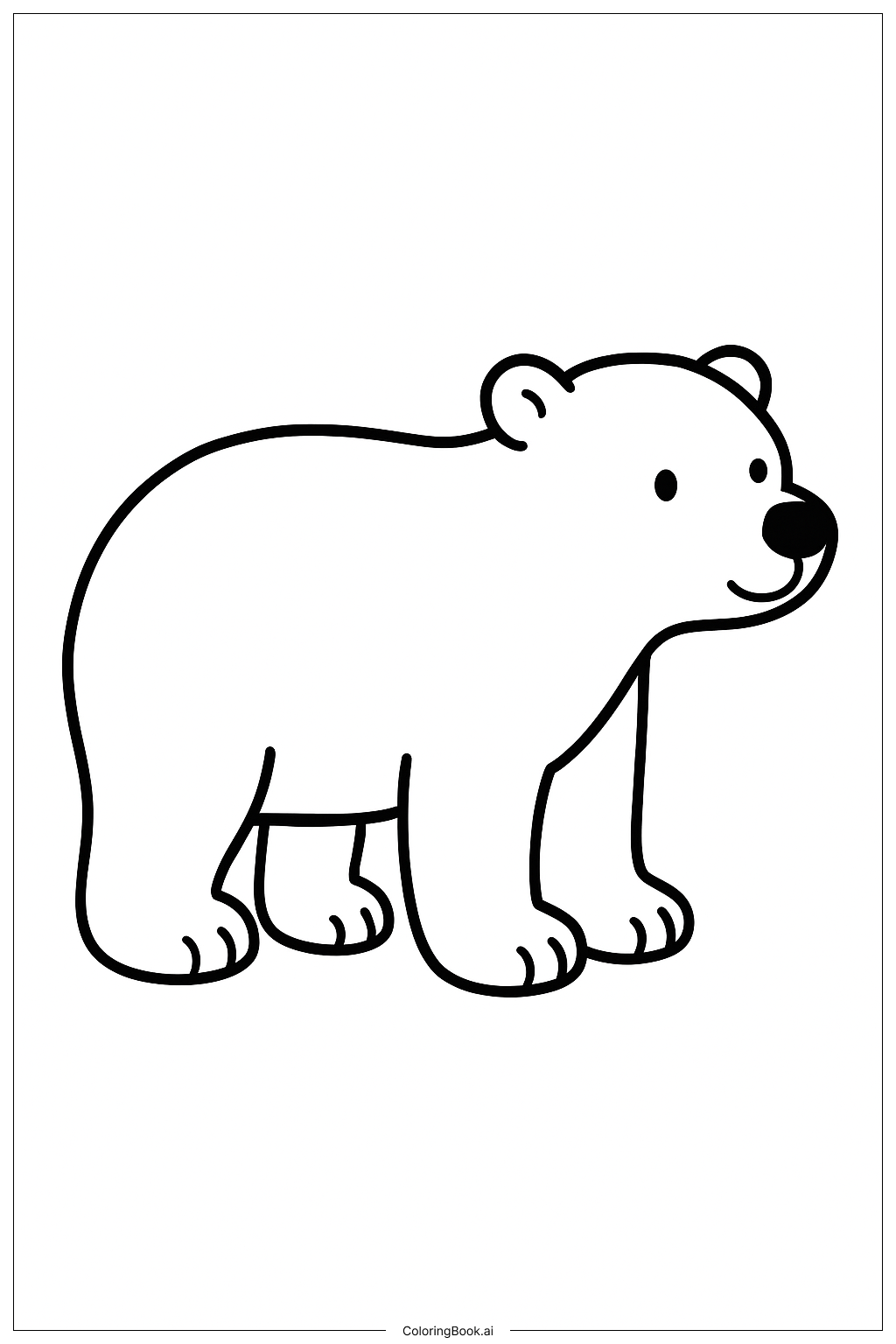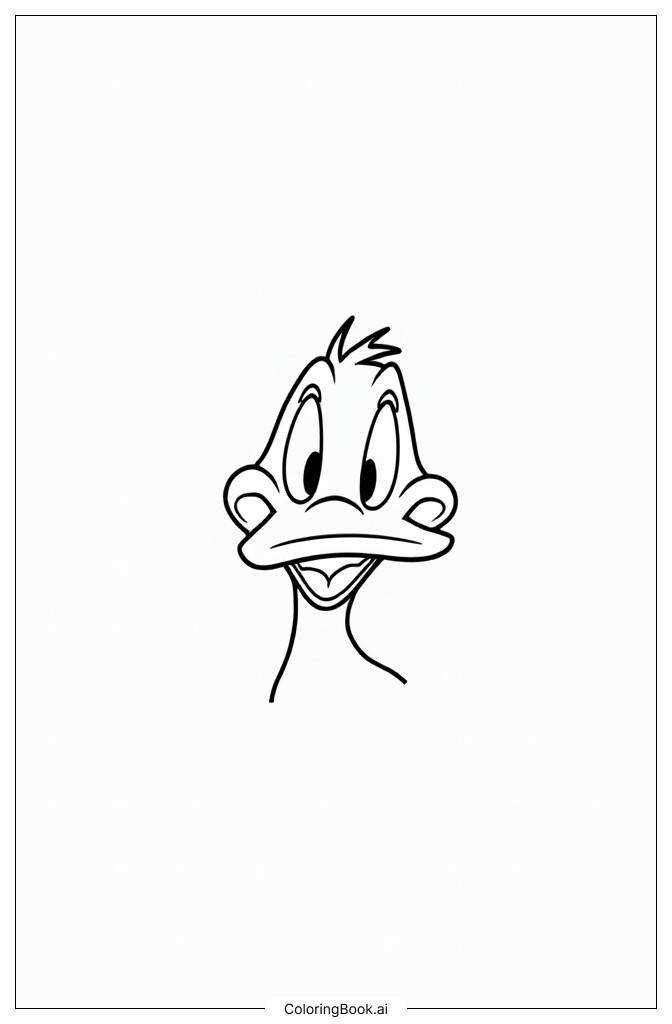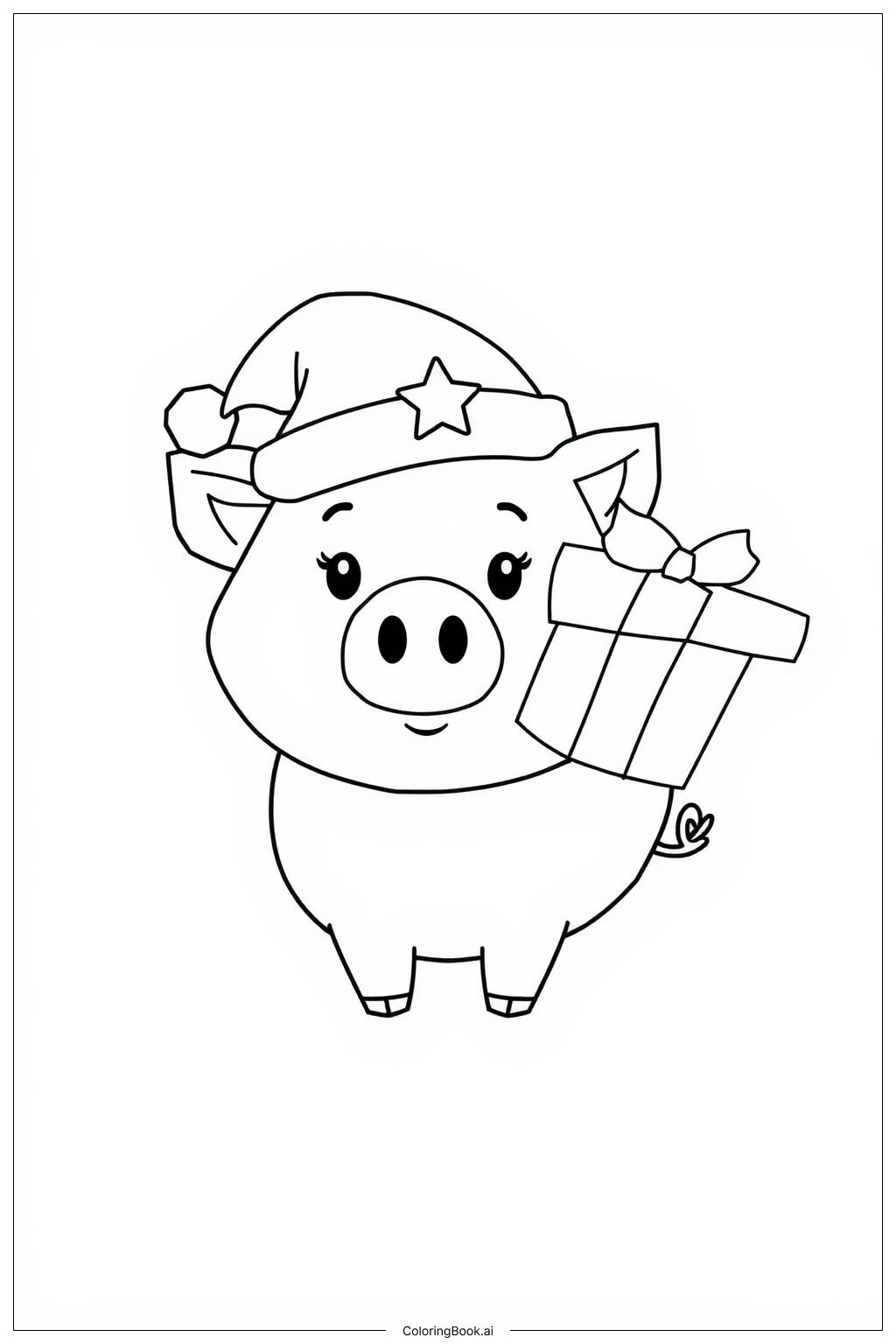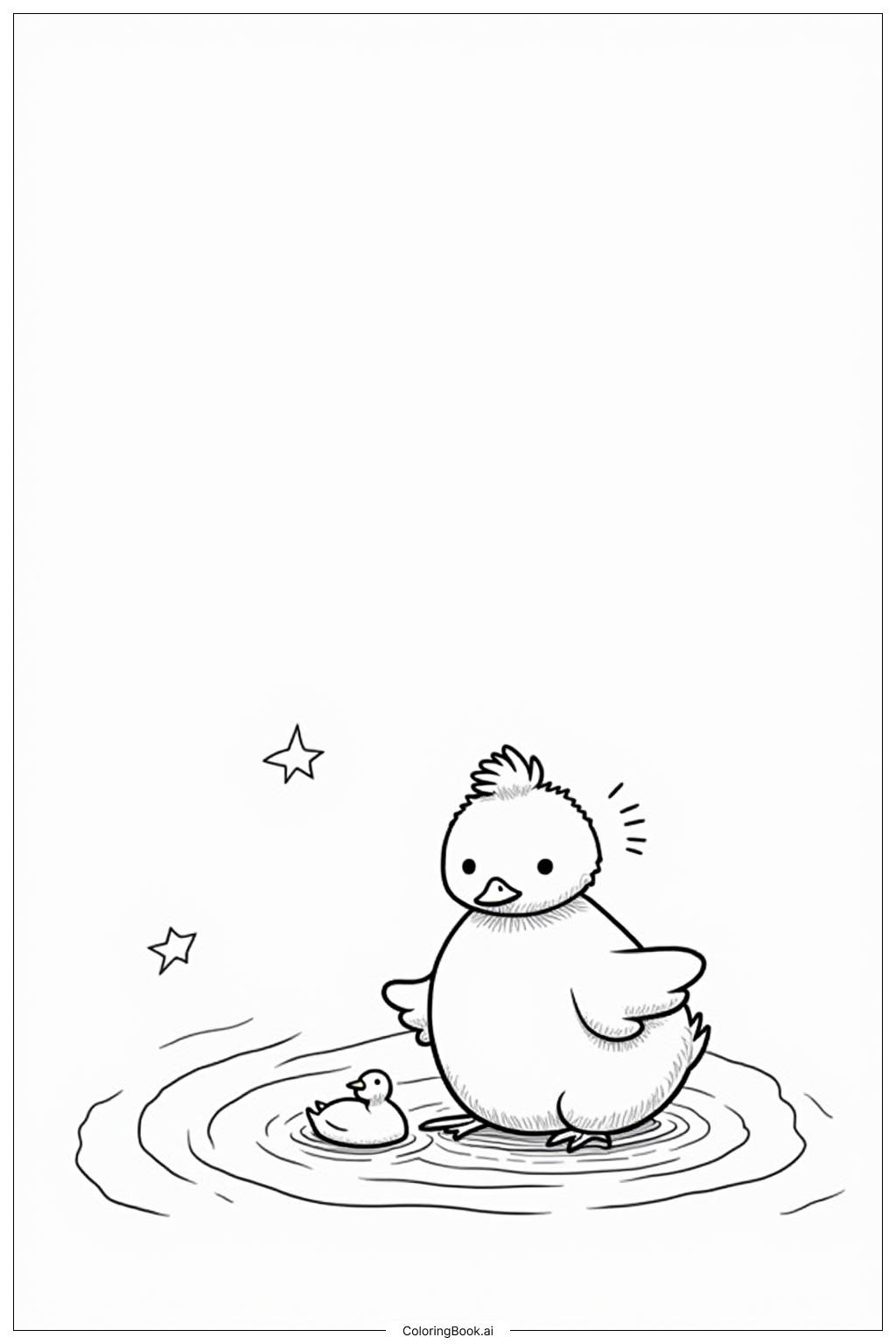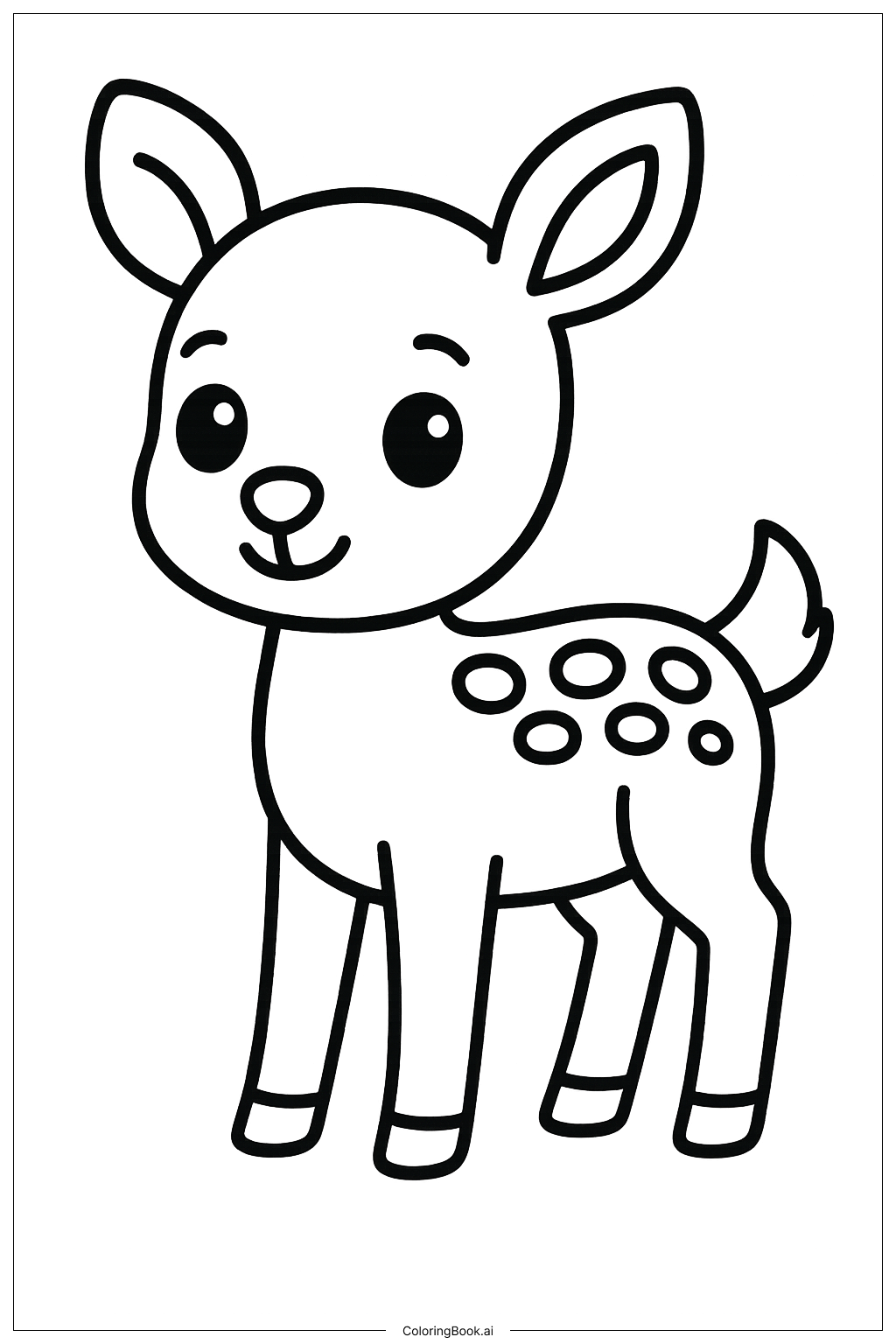Coloring tips: How to color Arctic Animals Making Funny Faces coloring page well?
Use different shades of white, gray, and light blue for the polar bear and seal to show their fur and skin. The walrus can be colored with light brown or gray, and don't forget its big white tusks. Add some pink or red for the animals' tongues and mouths to make them look lively. You can use light colors for the background to make the animals stand out more. Feel free to add icy blue or snow effects in the background to give a cold Arctic feeling.
Coloring challenges: Which parts are difficult to color and need attention for Arctic Animals Making Funny Faces coloring page?
1. Coloring the fur of the polar bear and seal may be tricky because they have similar light colors. Use different shades to show the texture and shape. 2. The walrus' tusks are long and thin, so coloring carefully is important to stay inside the lines. 3. The small facial details like eyes, noses, and mouths need careful coloring to keep the cute expressions clear. 4. Balancing the colors to make sure the animals look different and not blending into each other can be challenging. 5. Adding shadows or light effects can be hard but will make the picture look more real and fun.
Benefits of coloring books: Advantages of drawing Arctic Animals Making Funny Faces coloring page
Coloring this picture helps children learn about Arctic animals in a fun way. It improves their hand-eye coordination and fine motor skills as they color inside the lines. The funny faces of the animals make coloring enjoyable and encourage creativity. Kids can experiment with different colors and shading techniques to bring the animals to life. It also builds patience and attention to detail while focusing on small parts of the picture.
